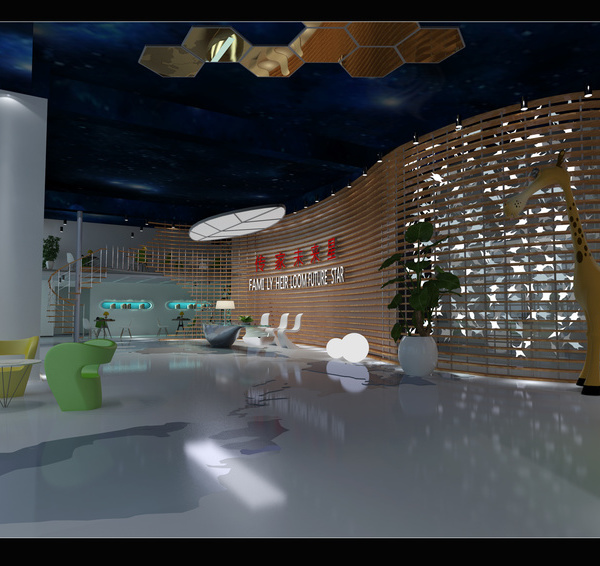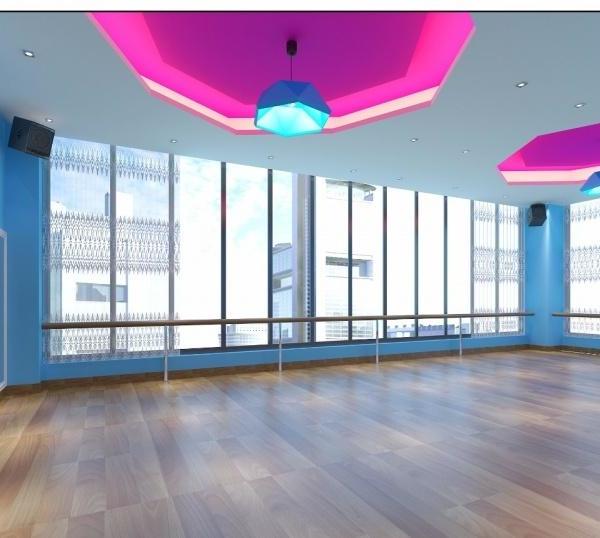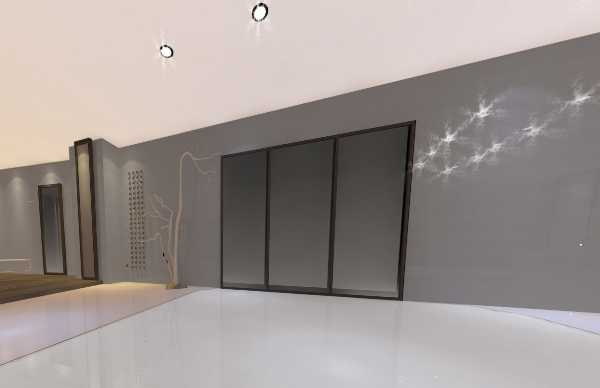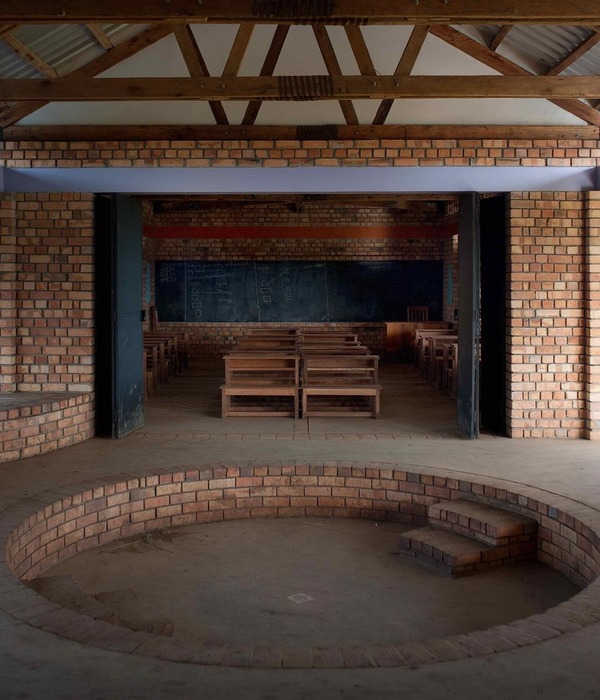Churchill College
分类:教育建筑
内容:实景照片
图片:18张
50年前,丘吉尔学院建立了,该学院历史悠久,里面有很多中世纪哥特式和新古典主义建筑。学院位于城郊的乡村地区,建筑的设计风格各异,有现代主义也有野兽派的建筑。1959年的建筑比赛成为英国战后建筑历史上的一个分水岭。比赛吸引了20多人参加,参赛者有老有少,都是现代主义和野兽派风格的代表。当时的建筑师都很有名,比如Smithsons、匈牙利出生的Erno Goldfinger、Lasdun、Lyons Israel Ellis和Robert Matthew。
丘吉尔学院比赛举办之际,英国现代主义建筑的发展还比较慢。F.R.S.Yorke在他1934年的著作《现代住房》中也谈到了这种现象,二战后,建筑材料严重短缺,这种情况一直持续到50年代。随后,现代主义风格开始盛行,出现了很多现代住房、学校和医疗中心。许多设计师开始建造校园的新建筑,比如牛津、剑桥的校园建筑和东安格利亚大学的金字形神塔。
丘吉尔学院的建立是为纪念温斯顿·丘吉尔爵士,学院位于剑桥郊区,这里还有很多新学院。学院内有食堂、公共休息室、礼堂、图书馆、办公室、硕士住所和导师住宅,还为已婚夫妇提供住宿。学院占地42英亩,整体呈矩形。上个月,是学院成立50周年,剑桥大学土地协会(CULS) 在伦敦举行了一场辩论,邀请了三位建筑师和一位作家参加,他们是Alison Brooks, Patrick Lynch, 6A Architects 和Elain Harwood。会上,大家共同讨论不同建筑师的设计项目,这些优秀的建筑师对二十世纪英国现代主义设计非常了解,大家对丘吉尔的提案也进行了再次审核。
1959年,Chamberlain Powell和Bonn刚刚被任命为New Hall学院的设计师,Chamberlain希望将New Hall,Churchill和Fitzwilliam学院统一规划,围绕新广场建造,中间有座钟楼,很有视觉效果。从设计的角度来看,该设计具有现代城市建筑的风格,附近有很多纪念碑。如果该设计被采用的话,这所自治的大学将添加城市风格的建筑。
他们是要建造学院的住宅区,并在2008年赢得了建筑比赛,还建造十座大小各异的庭院,集群状况较好。该设计看上去比较低调,注重细节和外部设计。这些计划各有千秋,都有自己的侧重点和特色。西蒙•亨利是一个老师,也是畅销书作家,还是Henley Halebrown Rorrison (HHbR) 工作室的创始人,他的专栏著作中讲到了伦敦的日常生活、建筑文化,以及伦敦作为世界建筑中心的现状和影响力。想了解更多他的著作信息,可以登录Facebook 主页,了解相关信息。
译者: Odette
Fifty years ago Churchill College Cambridge opened its doors. In contrast to the historic Colleges, with their medieval Gothic and Neo-Classical buildings corralled behind high walls, this was in an almost rural setting on the outskirts of the city, modern in design, and Brutalist in detail.
The 1959 competition that brought the College into being is considered by many to be a watershed moment in British Post War architectural history. It brought together 20 names, young and old, all practicing in Britain, all working in the Modernist and more specifically the nascent Brutalist style. It was a “who’s who” of British architecture at the time, including the Smithsons, Hungarian-born Erno Goldfinger, Lasdun (then in partnership with Maxwell Fry, Jane Drew & Lindsay Drake, and formerly with Russian émigré Lubetkin), Lyons Israel Ellis and Robert Matthew (one half of the Royal Festival Hall team, who teamed up with Johnson Marshall). None of these made the shortlist of four.
At the time of the Churchill competition, Britain had been very slow to embrace mainland European Modernism. Whilst F.R.S.Yorke’s 1934 book “The Modern House” testified to its existence in the British Isles, World War II and the severe shortages in building materials that continued well into the 1950s arrested the building industry and therefore any wider application of Modernism beyond designs for homes, education and healthcare. Churchill thus provided a stage for this new architecture, and many of the contestants went on to build not just in Oxford and Cambridge but whole new campus universities, such as Lasdun’s ziggurat scheme at the University of East Anglia. What made the outcome more poignant was the rejection of one of the four finalists, Stirling and Gowan, whose scheme has been mythologised as a result of their subsequent fame.
Churchill College, founded to commemorate the life of Sir Winston Churchill, was built on the outskirts of Cambridge; it was one of a handful of new Oxbridge Colleges including St. Catherine’s by Arne Jacobsen, New Hall by Chamberlain Powell and Bon and Fitzwilliam by Lasdun. The brief was to accommodate 500 residents that would account for most of the building, a dining hall, common rooms, auditorium, library, offices, a master’s lodge, tutor’s lodge, and some accommodation for married couples. The 42-acre site was a piece of broadly rectangular agricultural land bounded by roads on two sides. Crucially, the scheme was to be phased and at each stage to appear complete. Finally, it was to be a lasting monument to a great man that would stand for 500 years.
To mark the 50th anniversary of the opening of the College last month, the Cambridge University Land Society (CULS) held a debate in London; they invited three practicing architects and a writer – Alison Brooks, Patrick Lynch, 6A Architects and Elain Harwood – to present the work of the four finalists to a jury, including architects M.J.Long (Long & Kentish and Sandy Wilson’s widow) and Spencer de Grey (a partner at Fosters who had studied at Churchill), and academics Peter Carolin (emeritus Professor of Architecture at Cambridge University) and David Dunster (Professor of Architecture at the University of Liverpool). The protagonists were chosen for varying reasons: for her knowledge of Twentieth Century British Modernism and more specifically for her writings on Chamberlain Powell & Bon, Elain Harwood; to discuss Stirling and Gowan’s proposal, Patrick Lynch, a graduate of both Liverpool and Cambridge who recently collaborated with John McAslan to renovate Stirling’s Florey Building for Queens College Oxford; representing Howell, Killick & Partridge, Alison Brooks, who is currently working on a scheme for Exeter College Oxford; and to talk about Richard Sheppard, Robson and Partners’ winning scheme, 6A Architects, who are working on an addition to Churchill itself.
In 1959 Chamberlain Powell and Bonn had just been appointed to design the adjacent New Hall College. Chamberlain planned to unite New Hall, Churchill, and a third new College, Fitzwilliam, around a new piazza, at the heart of which would stand a campanile. The architectural language exhibits some of the lightness of their earlier Golden Lane estate in London and the barrel-vaulted skyline of their as-yet-undeveloped Barbican complex, also in London, but with none of its Brutalist qualities. The design perspective, produced by the well known architect/architectural illustrator Gordon Cullen, shows an extensive modern cityscape populated by a number of monumental structures. Of the four finalists it is the least well documented and apparently the least distinctive. However, had they won, it is Cambridge – the ‘city’ – which would have been most affected. The plan would have created a substantial urban quarter and counterpoint to the nexus of historic city centre Colleges, in contrast to the autonomous College campuses set back from the suburban streets one encounters today.
Howell Killick & Partridge’s design consisted of two large interlocking horseshoe-shaped courtyards. Somewhat irregular in plan, the scheme seems at first glance, as Alison Brooks suggested, to be organic. The courts, which are separated from the grounds by a moat, open up to the west. The ground plan is drawn to describe the vaulting that would have characterized much of the circulation. Further complexity is introduced by faceting the facades. The two key spaces, the hall and library, mark the point where the two courtyards intersect. The nature of this place is revealed by the perspective, which illustrates, in the foreground, a man sat under a tree reading and people punting on the moat. The view reveals a vista into the southern court and the crescent-shaped north range, dramatized by the festive roof forms of the library and hall.
The scene is picturesque. It recollects Nash’s architecture, in particular the crescents around London’s Regent’s Park and the skyline of his most exotic work, the Orientally-inspired Brighton Pavilion. Had it been built it would have been a mélange of festive Gothic Baroque executed in concrete instead of stone or stucco. Although it placed second in the original competition, the 21st Century jury was highly critical of Howell Killick & Partridge, due both to a number of the scheme’s functional shortcomings and their over-elaborate Expressionism.
Not surprisingly, on the night of the CULS debate, Stirling and Gowan’s well-known scheme – which has appeared everywhere from Colin Rowe’s early endorsement to numerous subsequent publications, including Amanda Reeser Lawrence’s 2012 ‘James Stirling Revisionary Modernist,’ which dedicates one of just six chapters to the scheme – was the most keenly anticipated.
The plan creates an 180m x 180m court framed by a 2-storey perimeter wall of student residences elevated above an earth bund. As the architects described in their competition report: ‘The open, flat and rural character of the site indicated that in designing a group of buildings as a residential College it was important to create an internal environment, private, enclosed and protected.’ Inside, the dining room, library and other congregating spaces are arranged within the four quadrants of the quad.
Stirling & Gowan’s scheme, although for a Cambridge University College, bore the hallmark of a large English Baroque country house. Indeed, Colin Rowe’s article ‘The Blenheim of the Welfare State,’ published soon after the winning scheme was announced, made connections between John Vanbrugh’s Blenheim Palace, coincidentally the ancestral home to the Churchill family, and the scheme. By linking Stirling and Gowan’s early architecture to Vanbrugh, one of the great English architects, Rowe suggests that it is an appropriate model for the College — that modernism is not just Functionalism but may also draw on history. According to Rowe then, Stirling and Gowan’s proposal best understood this history while also suggesting a shockingly modern future. Its simple order and abstraction enabled it to serve these two apparently uncompromising masters. Furthermore, it was both urban and rural, domestic and civic, fitting for a 500-year monument. However, although the original jury described it as ‘impressive,’ it’s perfect geometry and great scale did not lend itself to the phased development that was sought in the brief.
6A described Richard Sheppard, Robson and Partners’ winning scheme through the lens of their own work: an as yet unbuilt residential court for the College, won in a competition in 2008. 6A’s freestanding courtyard building extends the pattern of Sheppard’s masterplan, which consists of ten interlocking large and small courtyards arranged in clusters around a mega-court within which the primary buildings are laid out. The scheme is informal, the parts jostling to make a whole. At three storeys, it is relatively low-key and certainly isn’t demonstrably ideological or technological. It is Brutalist, wrought in brick and intentionally oversized concrete elements. It is mat-like, in plan, attentive to the detail and generous in the manner in which it frames the landscapes within the courtyards and outside of them.6A’s interpretation of Sheppard (because that is what it is), the consistent use of type and the incredible dimensional similarities have allowed the architect to explore rich contrasts in space and material that future residents will no doubt enjoy.
The evening provided a window into a world now lost, an age of unabashed optimism. It also offered insights in the work of three practices whose work is largely forgotten. Lynch’s words brought into sharp focus the lost opportunity that was the Stirling and Gowan scheme. The Blenheim of the Welfare State might, as Leicester illustrates beautifully, have matured from a humble and somewhat crude set of drawings into a great work. Equally Chamberlain’s ideas might, in establishing a strong urban locus, have prevented the suburbanization of the city fringes of Cambridge. And, Howell Killick & Partridge’s scheme, which was a close second, would have given us a delirious modernism steeped in Englishness on a scale not seen since the Woods in Bath and Nash in London – an opportunity which subsequently eluded the practice, perhaps in part due to the early deaths of both Howell and Killick. In the end it was the careful attention to the brief and perceptive application of tradition in aping the courtyard motif that brought victory to Richard Sheppard, Robson and Partners. But one can’t help feeling that the result, in its preoccupation with detail in its many guises, was somewhat small-minded – an opportunity lost.
Simon Henley is a teacher, author of the well-received book The Architecture of Parking, and co-founder of London-based studio Henley Halebrown Rorrison (HHbR). His column, London Calling, looks at London’s every-day reality, its architectural culture, and its role as a global architectural hub; above all, it will explore how London is influencing design everywhere, whilst being forever challenged from within. You can follow him @SiHenleyHHbR and be a fan of his Facebook page, HHbR Architecture.
丘吉尔学院外部图
丘吉尔学院
丘吉尔学院图解
{{item.text_origin}}












